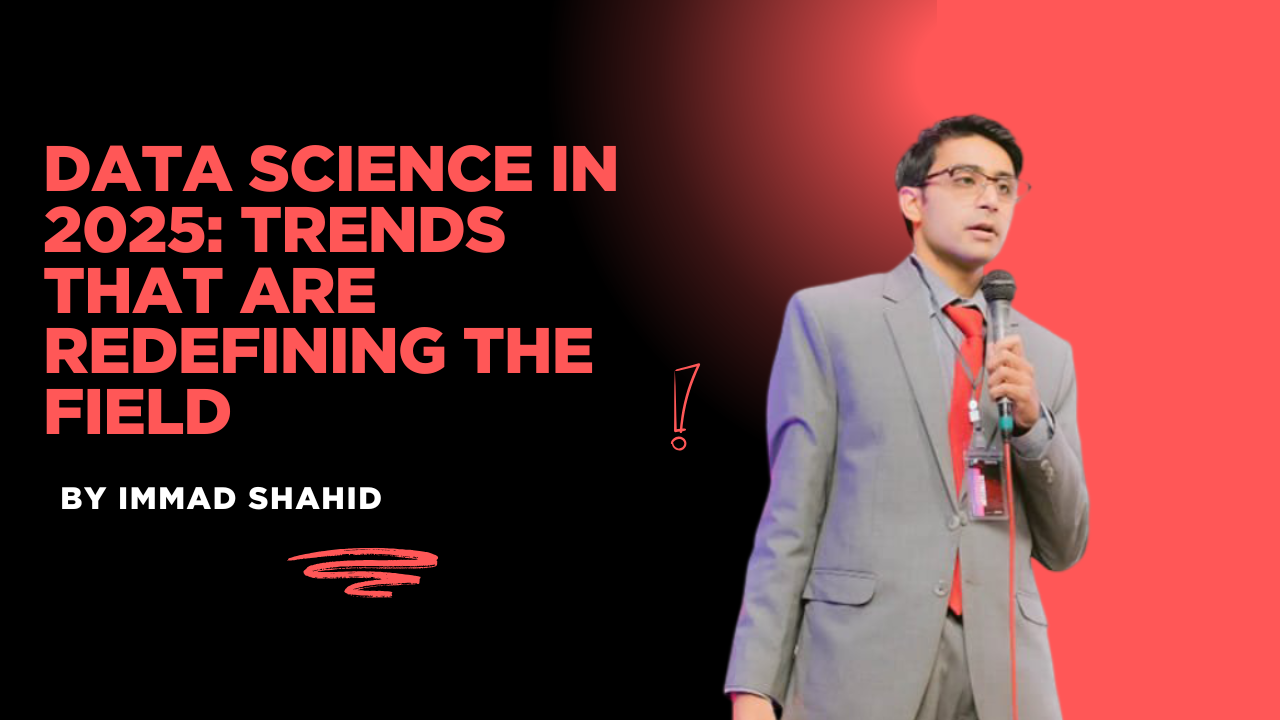Data science has grown from a specialist’s pursuit into a core driver of business strategy, product design, and even public policy. As we move through 2025, several new directions are reshaping the way data scientists work and the value they deliver.
One of the most visible shifts is the spread of generative AI into everyday analytics. Large language models and diffusion tools are no longer experimental. They are becoming built-in assistants that can clean data, write SQL queries, and create visualizations on their own. Many teams now design entire workflows where these models act like intelligent agents, taking on routine tasks and freeing scientists to focus on deeper insights.
Another powerful movement is the focus on data itself. Instead of simply building bigger models, organizations are improving the quality of their datasets and even generating synthetic data to fill gaps. This “data-centric” approach helps reduce bias, speeds up training, and often delivers better results than chasing the newest algorithm.
The need for speed is also pushing analytics closer to the source of the information. With the expansion of IoT devices and 5G networks, real-time decisions at the edge have become essential. Whether it is monitoring patient health or guiding autonomous vehicles, data scientists are mastering lightweight models and streaming technologies that can respond in milliseconds.
Privacy is no longer an afterthought. Regulations around the world, from updated GDPR rules to Pakistan’s Personal Data Protection Act, are forcing companies to rethink how they handle sensitive information. Techniques like federated learning and differential privacy, once confined to research papers, are now part of real products that allow organizations to learn from data without exposing it.
Behind the scenes, the work of building and maintaining data pipelines is becoming just as important as the models themselves. The boundaries between data engineering and data science continue to blur as teams adopt practices known as DataOps and MLOps. Version control, automated quality checks, and reproducible experiments are now standard skills for anyone in the field.
At the same time, data scientists are exploring new types of information. Multimodal systems combine text, images, audio, and sensor streams, while graph analytics uncovers connections in everything from social networks to drug discovery. These methods open doors to insights that were difficult to capture only a few years ago.
With all this innovation comes a heightened responsibility to explain how AI systems make their decisions. Techniques such as model interpretability and counterfactual analysis are increasingly built directly into dashboards so executives and regulators can trust and audit the results.
To thrive in this evolving landscape, data professionals still need strong programming skills and familiarity with machine learning frameworks, but they also need cloud expertise, a talent for telling stories with data, and a clear understanding of ethics.
The core mission of data science—turning raw information into meaningful insight—remains the same. What has changed is the scale, the speed, and the accountability. Those who embrace these trends will shape how businesses, governments, and societies make decisions in the years ahead.
For Feedback, write in comments below, or email at immadshahid@gmail.com





Leave a Reply